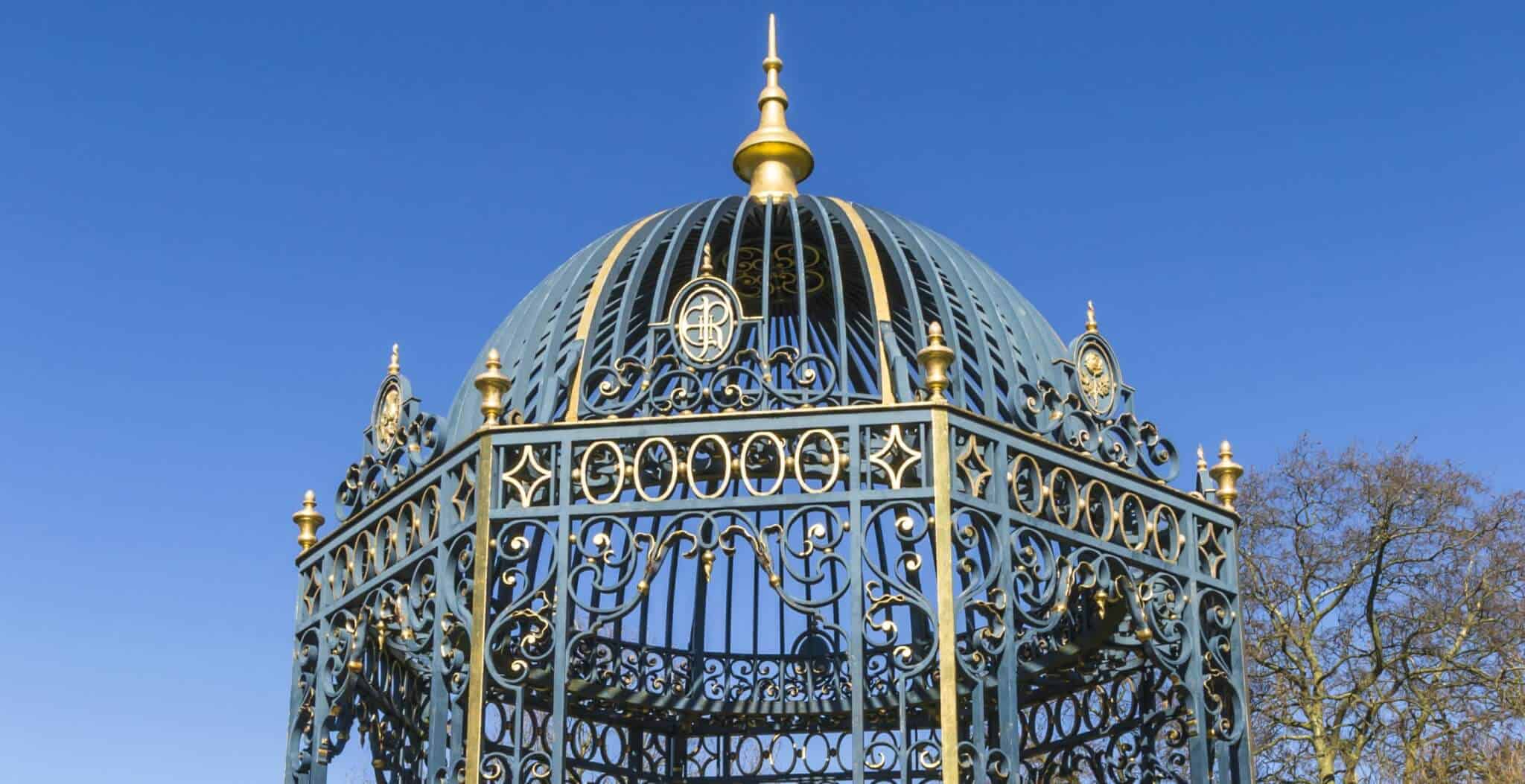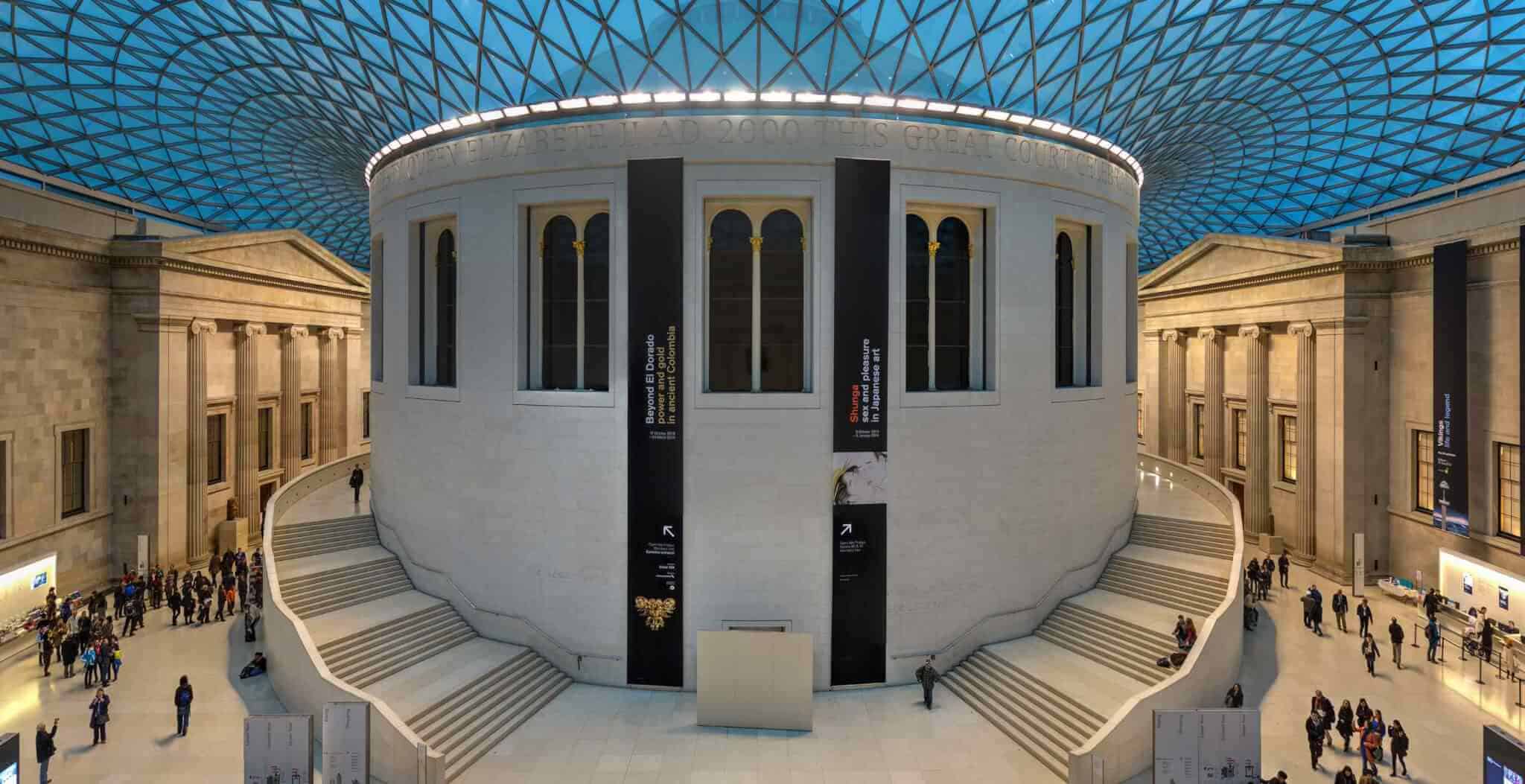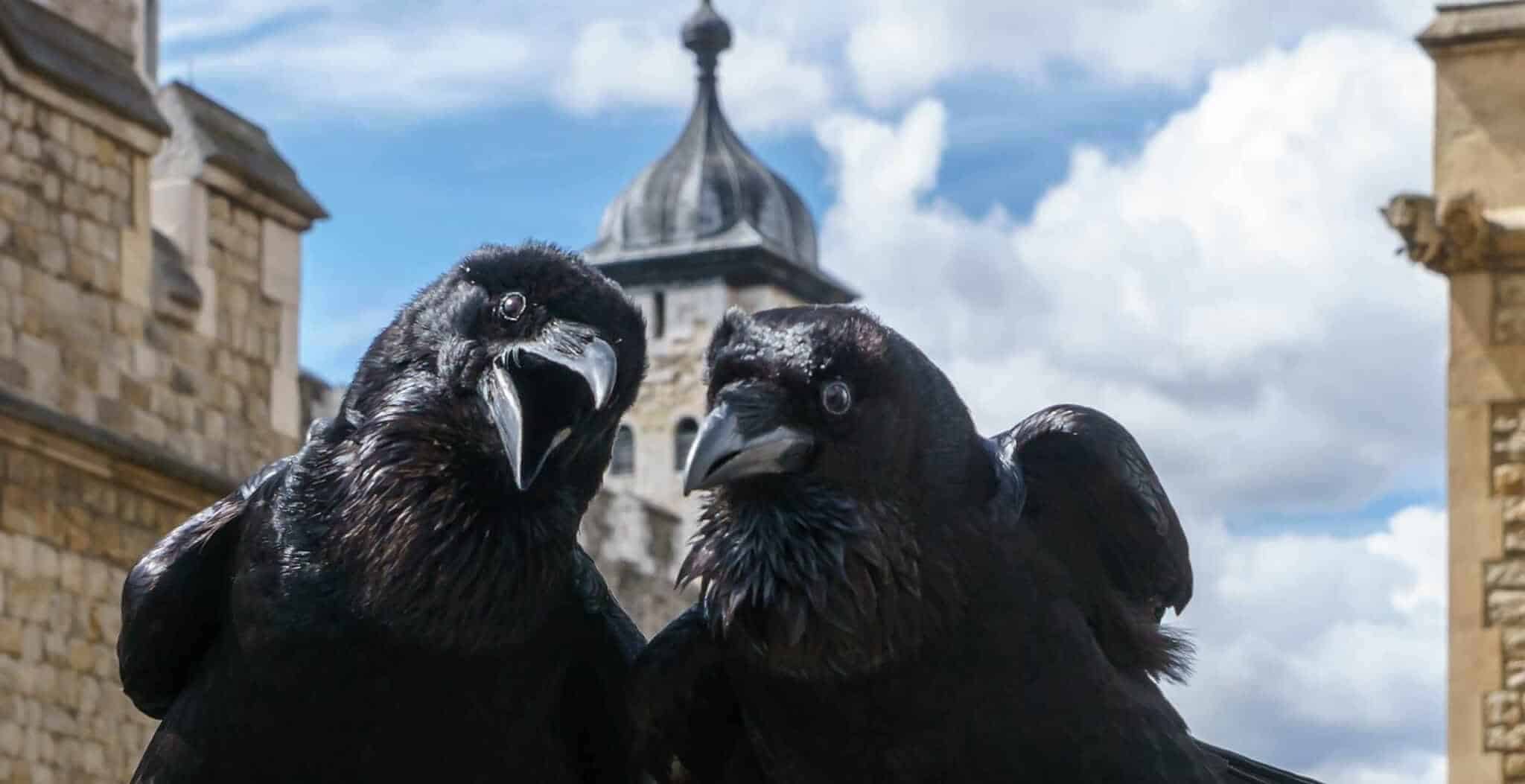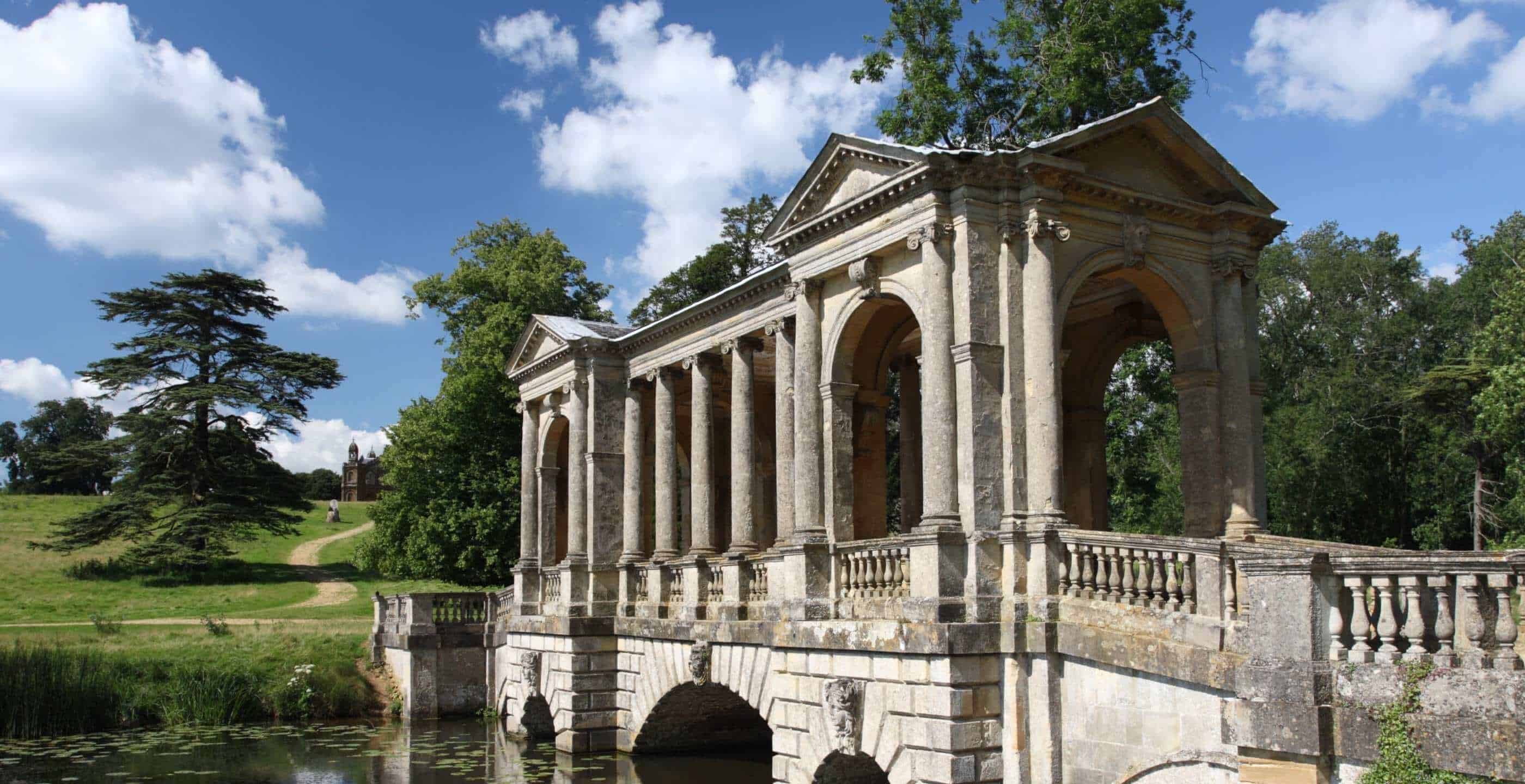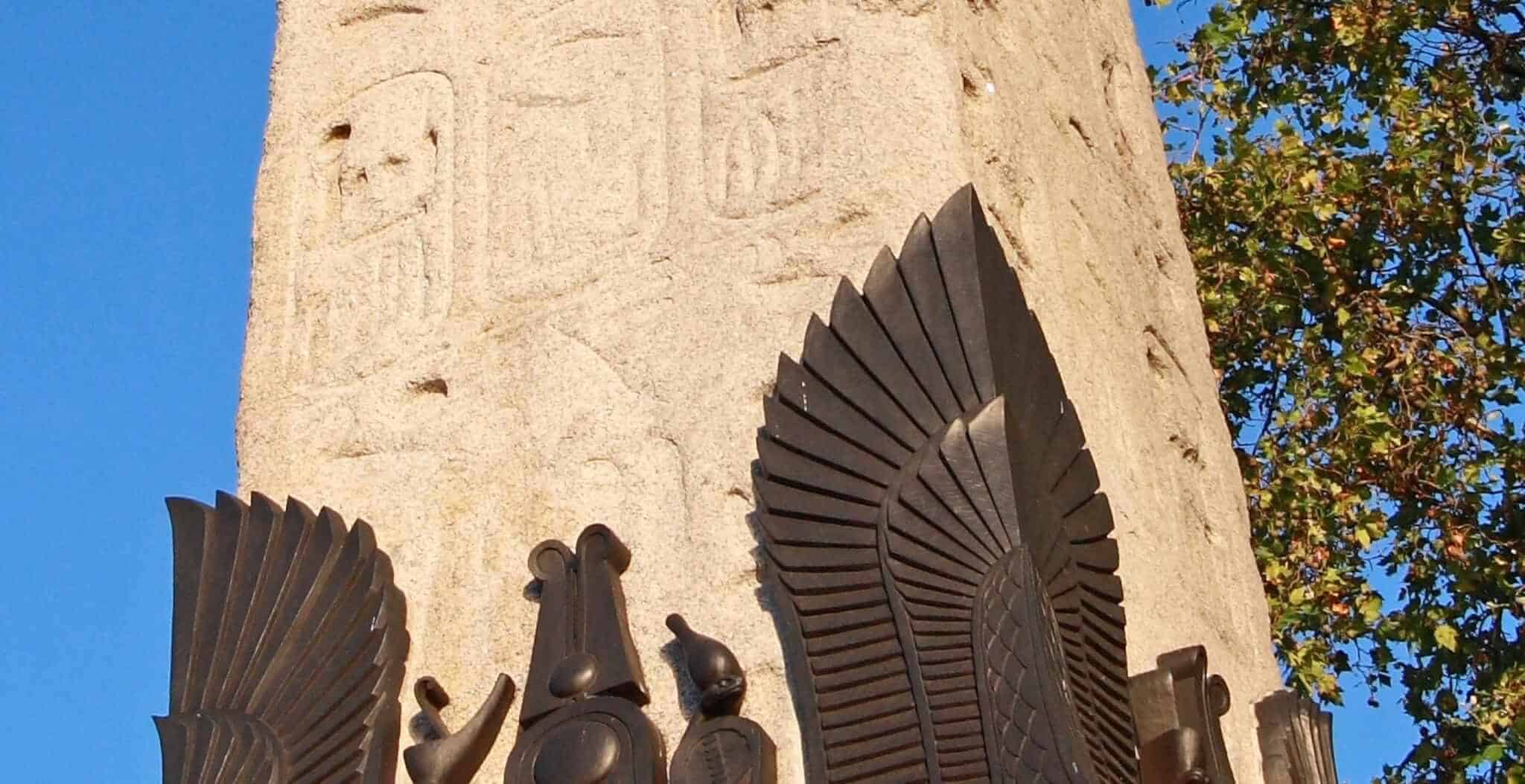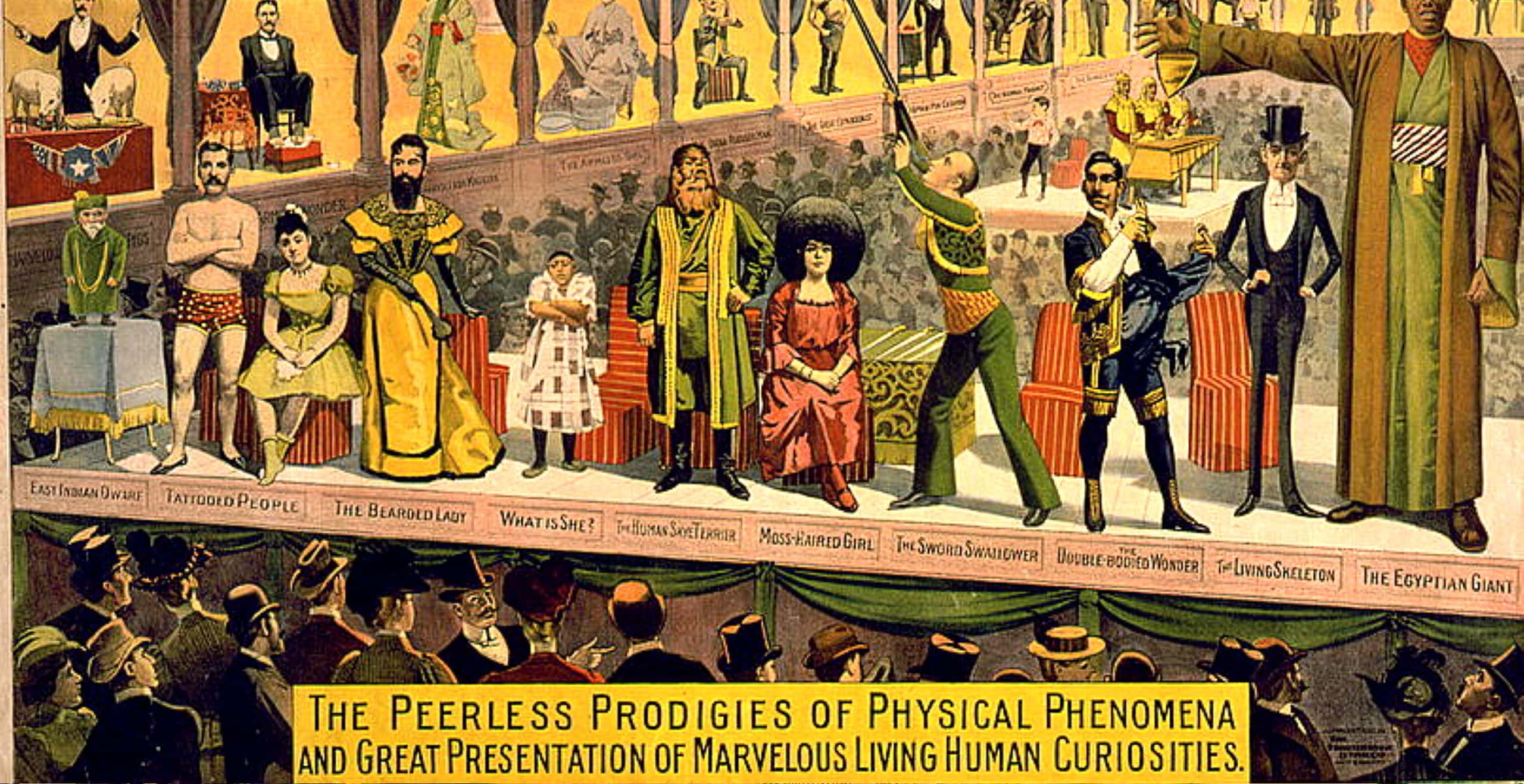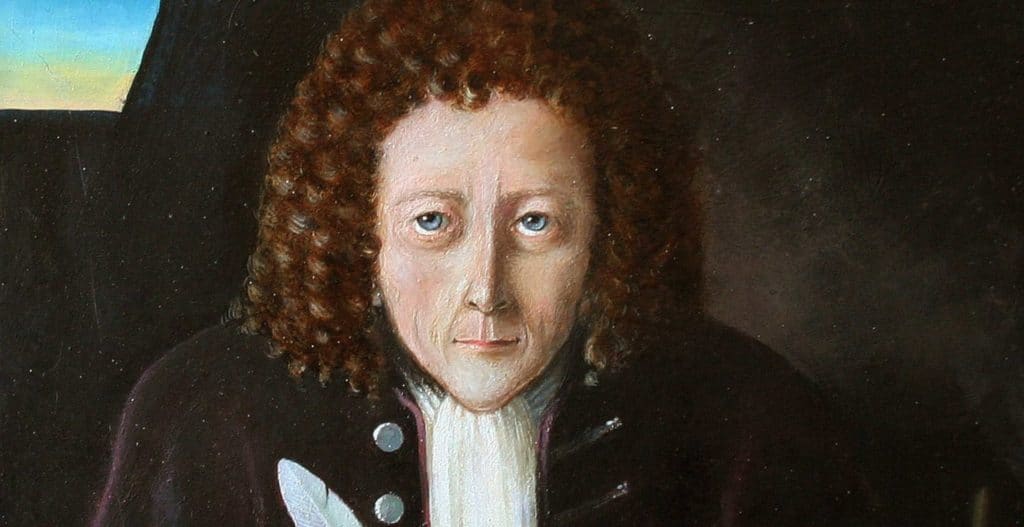Since 1762 the skyline of Kew in West London has been dominated by a rather curious building: a gigantic Chinese Pagoda.
The building soars 164ft (50 metres) into the west London sky and was the brainchild of the architect Sir William Chambers (1723-1796). The structure is built in octagonal sections, each section with its own angled roof. Originally the roofs were elaborately tiled and the pagoda was brightly coloured; each corner of every roof was adorned with a large golden dragon.
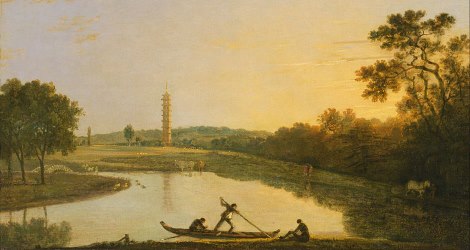
The dragons, 80 in total, were covered in gold leaf which must have created a magnificent lustre at sunrise. Unfortunately the dragons were all made from wood and over time, the weather simply eroded them away. The dragons were then permanently removed when repair work to the pagoda commenced in 1784.
This curious and rather beautiful structure was once open to the public, but was sadly closed for years until 2006 when it was again opened for a short period, and then unfortunately closed once more.
The good news is that after a much needed makeover, the Great Pagoda was fully restored to its former glory and reopened its doors to the public in 2018. And the even better news is that the 80 golden dragons are back!
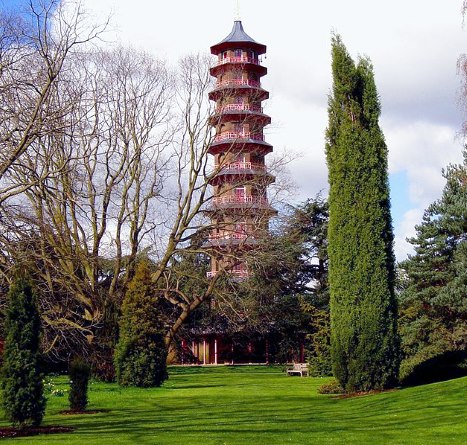
Paul Michael Ennis is a freelance journalist who also writes crime thrillers under the name Bill Carson.
Getting Here
The Pagoda resides at the end of a long vista at the southeast corner of Kew Gardens.
By London Underground: Nearest Station: Use the District Line to Kew Gardens station (take the Richmond train). The Royal Botanic Gardens, Kew is a 5-minute walk from the station. Exit through the parade of shops and follow the directional signage to the Gardens.
Please try our London Transport Guide for help in getting around the capital.
Tours of Historic London
Find out more about this great city by browsing our Selected Tours of London.
